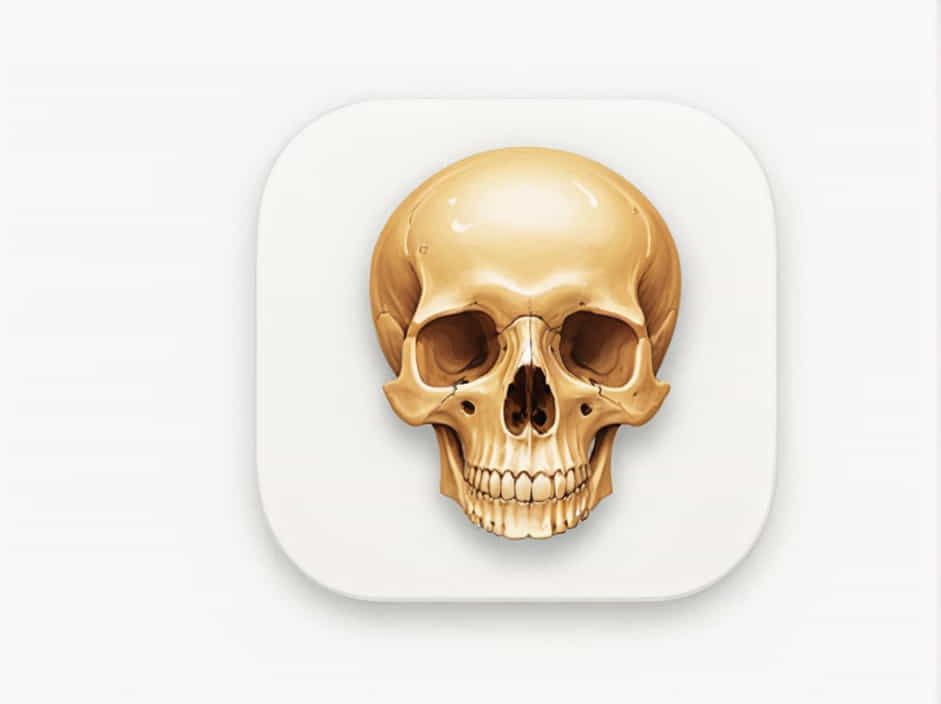The ilium is the largest and uppermost part of the hip bone (pelvis). It plays a crucial role in supporting body weight, providing muscle attachment, and forming the pelvic structure. The ilium is classified as a flat bone, which means it is designed for protection and muscle attachment rather than movement like long bones.
In this topic, we will explore the type of bone the ilium is, its anatomy, functions, development, and common conditions affecting it.
What Type of Bone Is the Ilium?
The ilium is classified as a flat bone.
Characteristics of Flat Bones
Flat bones have broad surfaces and serve primarily to protect internal organs and support muscle attachment. Other examples of flat bones include the sternum, scapula (shoulder blade), and ribs.
Why Is the Ilium a Flat Bone?
- Large surface area – Provides attachment points for muscles.
- Thin but strong – Offers protection for pelvic organs.
- Lightweight yet durable – Supports body weight without being too heavy.
Although the ilium has some curved and irregular features, its primary structure classifies it as a flat bone.
Anatomy of the Ilium
The ilium is divided into several important parts that contribute to its function.
1. Iliac Crest
- The curved upper edge of the ilium.
- Serves as an attachment point for abdominal and back muscles.
- Can be felt when placing hands on the waist.
2. Ala (Wing of Ilium)
- The broad, fan-shaped part of the ilium.
- Provides space for muscle attachment.
3. Iliac Fossa
- A shallow depression on the inner surface of the ilium.
- Supports the abdominal organs.
4. Anterior Superior Iliac Spine (ASIS)
- A bony projection on the front of the ilium.
- Important for muscle and ligament attachment.
5. Posterior Superior Iliac Spine (PSIS)
- A similar bony projection on the back of the ilium.
- Helps in determining pelvic alignment.
These structures work together to provide support, movement, and protection.
Functions of the Ilium
The ilium is involved in several essential functions for the human body.
1. Supports Body Weight
The ilium transfers weight from the spine to the lower limbs, making it critical for standing, walking, and running.
2. Provides Muscle Attachment
Many muscles attach to the ilium, including:
- Gluteal muscles (for hip movement and stability).
- Abdominal muscles (for core strength).
- Lower back muscles (for posture and support).
3. Protects Internal Organs
The ilium acts as a shield for pelvic organs such as the bladder, intestines, and reproductive organs.
4. Forms Part of the Hip Joint
The ilium connects to the ischium and pubis to form the acetabulum, the socket of the hip joint where the femur fits.
Development of the Ilium
The ilium develops during fetal growth and continues to ossify (harden into bone) throughout childhood and adolescence.
Ossification Process
- Begins as cartilage in the embryo.
- Ossification starts around the 8th fetal week.
- Fully fuses with the ischium and pubis by the age of 20-25 years.
Proper nutrition (calcium and vitamin D) is essential for healthy ilium development.
Common Conditions Affecting the Ilium
1. Iliac Crest Pain
Pain in the iliac crest can result from:
- Muscle strain (common in athletes).
- Inflammation (due to overuse or arthritis).
- Hip injuries (such as fractures).
2. Ilium Fracture
A fracture in the ilium can occur due to trauma, falls, or accidents. Symptoms include:
- Severe pain in the hip or pelvis.
- Difficulty standing or walking.
- Swelling and bruising around the area.
3. Sacroiliac Joint Dysfunction
The sacroiliac joint (SI joint) connects the ilium to the sacrum. If this joint becomes inflamed or misaligned, it can cause:
- Lower back pain.
- Stiffness in the hips and legs.
- Pain that worsens with movement or standing.
4. Osteoporosis and Bone Weakness
Osteoporosis can make the ilium fragile and prone to fractures. Maintaining bone density through exercise and a healthy diet can prevent this condition.
How to Keep the Ilium Healthy
1. Exercise Regularly
Strengthening the hip and core muscles can support the ilium.
- Weight-bearing exercises (walking, jogging).
- Strength training (squats, lunges).
- Stretching to improve flexibility.
2. Maintain Good Posture
Poor posture can put stress on the ilium and lead to pain.
- Sit and stand with a straight spine.
- Avoid slouching or leaning too much on one side.
3. Eat a Bone-Healthy Diet
A nutrient-rich diet can keep the ilium strong.
- Calcium-rich foods (milk, cheese, leafy greens).
- Vitamin D (from sunlight or supplements).
- Protein to support muscle and bone health.
4. Prevent Injuries
To avoid fractures and strains, consider:
- Wearing proper footwear to prevent falls.
- Using protective gear when engaging in sports.
- Avoiding overuse and taking breaks during physical activities.
The ilium is a flat bone that plays a vital role in weight support, movement, and muscle attachment. Its large, strong structure helps form the hip joint, allowing for stability and flexibility in daily activities.
By maintaining good posture, staying active, and following a bone-healthy diet, individuals can keep their ilium strong and functional throughout life. Understanding the importance of the ilium helps in preventing injuries and ensuring long-term skeletal health.
